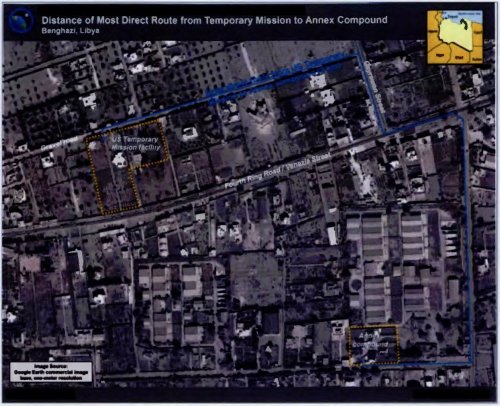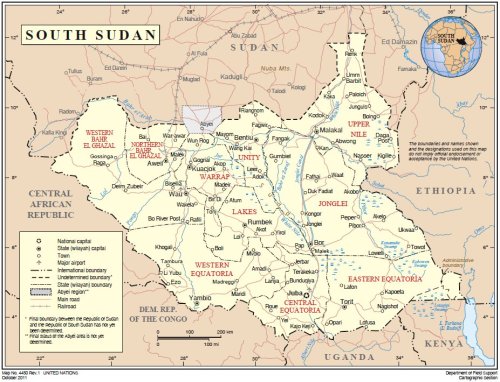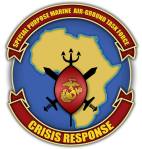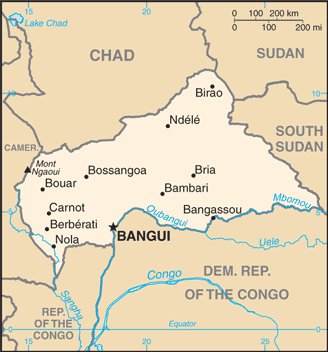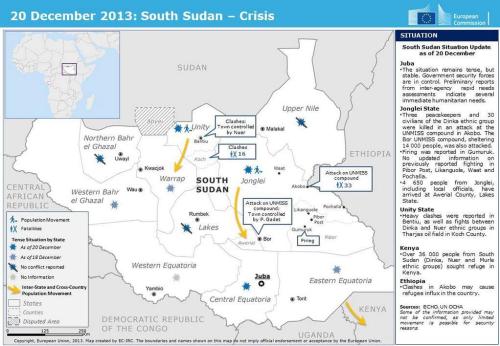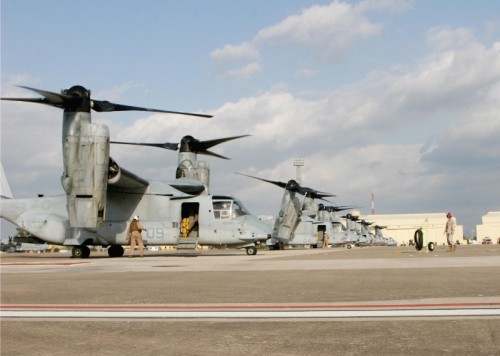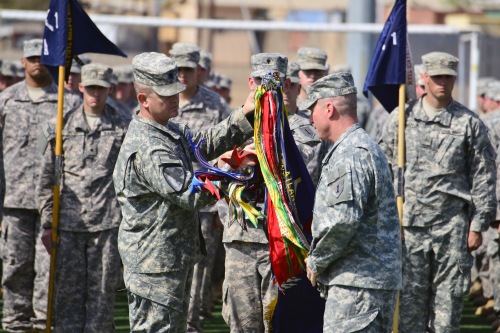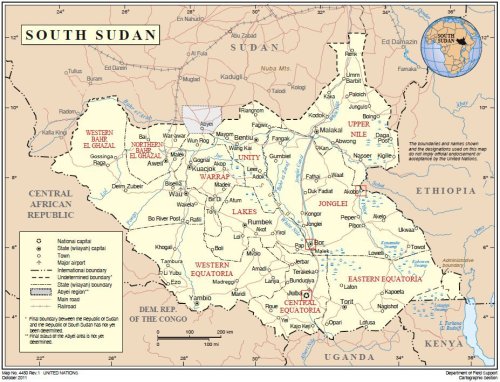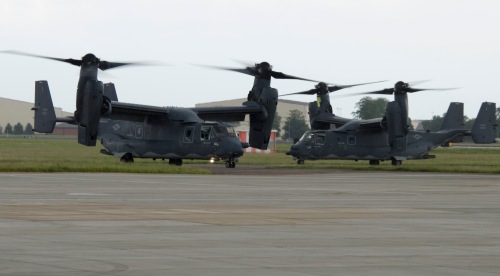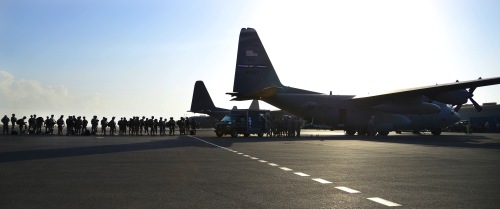On January 12th, elements of the US Army’s East Africa Response Force (EARF) and US Air Force expeditionary rescue squadrons conducted a joint training exercise at the Grand Bara Range in Djibouti. The soldiers for 1st Battalion, 18th Infantry Regiment, the current force provider for the EARF teamed up aircrews and pararescuemen from the 81st and 82d Expeditionary Rescue Squadrons (ERQS) respectively. All of these units are based at Camp Lemonnier, also in Djibouti.
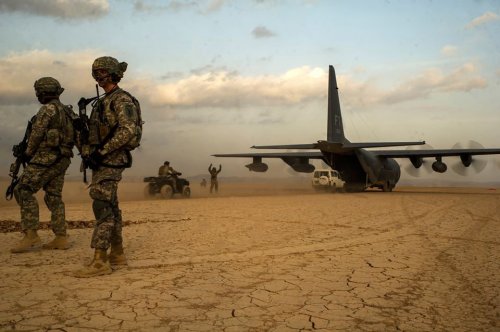
Soldiers of the 1st Battalion, 18th Infantry Regiment, assigned to the East Africa Response Force, provide security as pararescuemen of the 82d Expeditionary Rescue Squadron (ERQS) return to an HC-130 of the 81st ERQS during a training exercise on January 12th, 2014.
The exercise was designed to help Air Force personnel “maintain proficiency in advanced parachuting, rapid vehicle movement, infiltration and exfiltration” and give Army forces a chance to “[enhance] their skills in aircraft security measures.” During the exercise, HC-130 aircraft from the 81st ERQS landed in the Grand Bara Range and deployed pararescuemen and EARF soldiers, the latter of which secured the landing zone. Such a method could potentially be employed to rescue personnel should a US aircraft go down somewhere in the region.
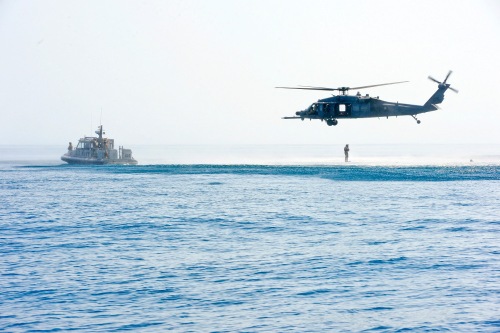
A pararescueman of the 82d Expeditionary Rescue Squadron jumps from an HH-60G of the 303d ERQS during Neptune’s Falcon, a joint training exercise with the US Navy’s Coastal Riverine Squadron One-Forward off the coast of Djibouti on December 20th, 2013.
This search and rescue focused joint exercise follows another one held in Djibouti this past December. During that exercise, called Neptune’s Falcon, personnel from the Navy’s Coastal Riverine Squadron One – Forward teamed up with pararescuemen from the 82d ERQS and HH-60G helicopters from the 303d ERQS to train off the coast of Djibouti. The 303d ERQS is also stationed at Camp Lemonnier, and together with the 81st and 82d ERQS make up the 449th Air Expeditionary Group.
These missions are more than just common scenarios as well. In an attempt to rescue US and other foreign nationals from the South Sudanese town of Bor last year, CV-22s from the Air Force Special Operations Command took damage and were forced to abort the mission. While the three aircraft made it safely to Entebbe in Uganda, there was of course the possibility the aircraft might not have made it and been forced down in a hostile area. Another example is that of the crash near Camp Lemonnier of an Air Force Special Operations Command U-28A in February 2012. The aircraft had been returning from an intelligence gathering mission.
Nor are US operations limited to Camp Lemonnier or Entebbe. US forces routinely operate from various locations in east Africa to conduct counterterrrorism operations and intelligence overflights, as well as training exercises. On January 23rd, the Defense Logistics Agency announced a solicitation for a contract to provide “Petroleum Fuel Support For Various DoD Activities In Africa.” This three year contract includes requirements to supply jet fuel to Camp Lemonnier and Chabelley Airfield in Djibouti, Arba Minch Airport in Ethiopia, and Manda Bay in Kenya. DoD has requirements for the supply of other fuel types like regular gasoline and diesel fuels to other locations in Central African Republic, Niger, South Sudan, and the Island of Sao Tome (where the requirement is said to be in support of the operation a Voice of American radio relay station).
With this increased US engagement in Africa comes increased potential for both hostile activity and accidents, which would in turn require search and rescue operations. It is likely that these sort of exercises will continue, especially in the near future with the current emphasis on rapidly deploying elements to and around the continent by air.
